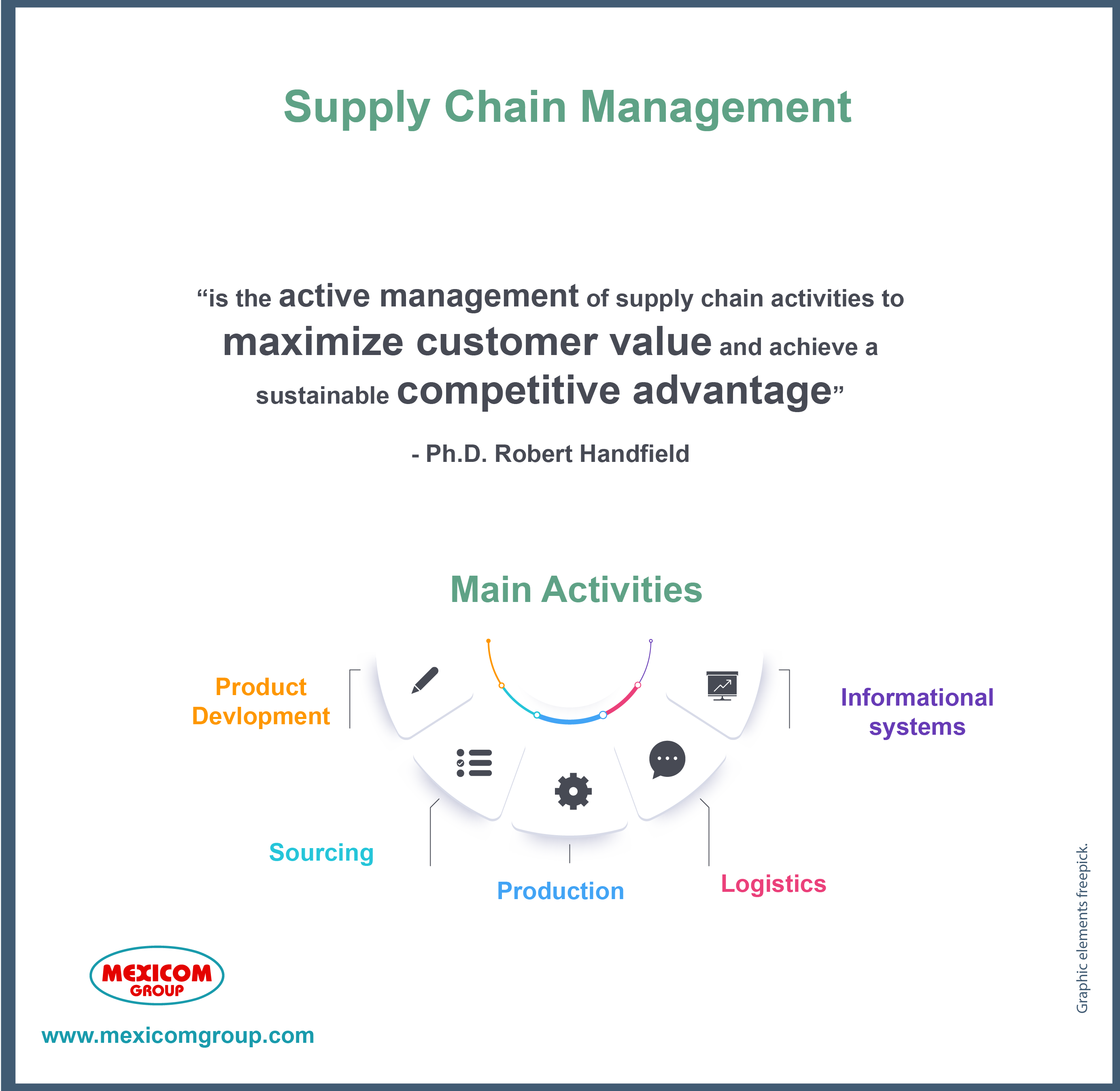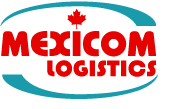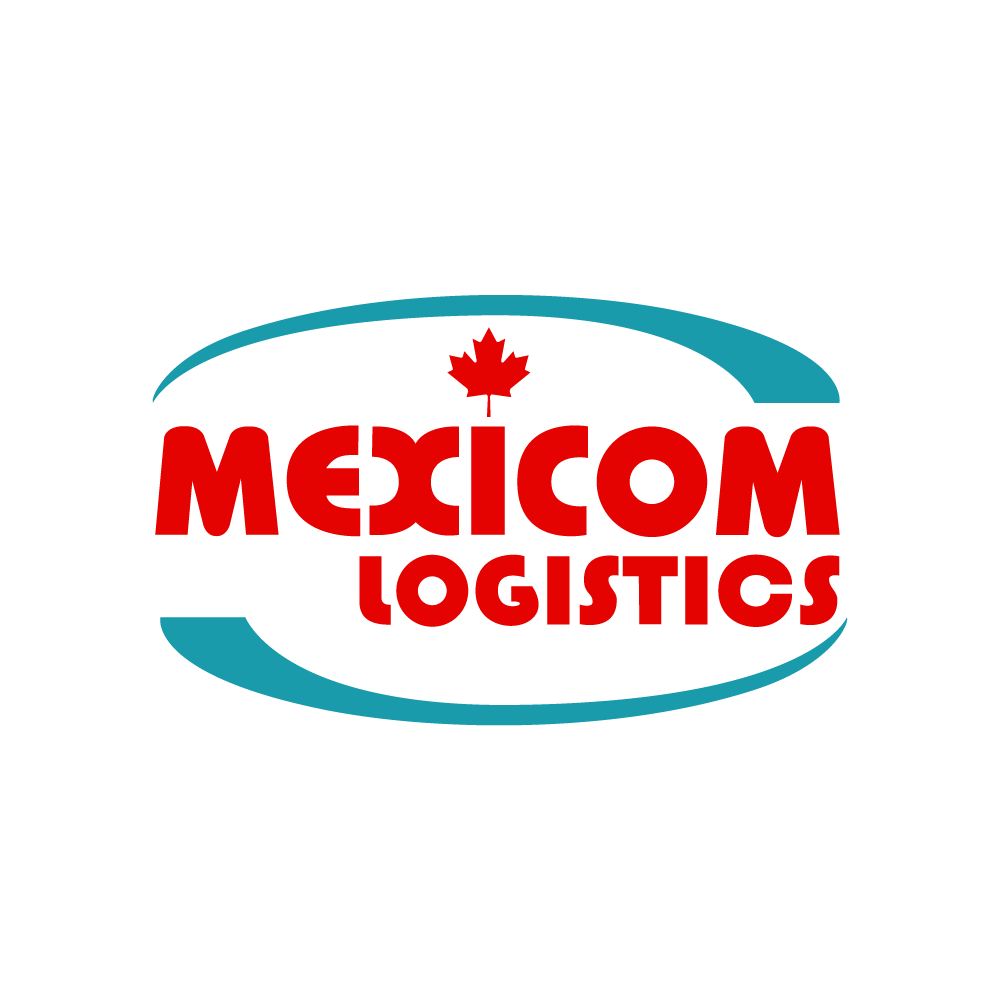[Infographic] What is supply chain management?
Supply CHain Management Definition
According to Ph.D. Robert Handfield, Supply chain management (SCM) “is the active management of supply chain activities to maximize customer value and achieve a sustainable competitive advantage”
Every product that is available for purchase is the result of a cumulative effort of multiple individuals and organizations. The network of individuals and organizations, their activities, resources, and technology used in the creation and sale of a product is referred to as supply chains.

Supply chain activities
Product development
Involving suppliers in the Product Development Process helps to gain better leverage of their knowledge, expertise, and technical capabilities to improve product development. It helps reduce concept-to-customer cycle time, costs as well as quality problems. Additionally, it helps to improve the overall design effort.
“Product Development Process involves technical and management aspects, in which an organization transforms market and technical possibility opportunities into information for the production of a commercial product.” A. C. Santos, R. E. Kieckbusch, F. A. Forcellini.
Sourcing
Sourcing is one of the activities involved in Supply Chain Management. It is the process of strategically assessing, selecting, and managing suppliers to acquire the right services and goods that a company needs to run its business.
There are strategies that can help conduct sourcing activities in an efficient manner, such as spend analysis, supplier market share analysis, and category risk analysis.
According to consulting firm A.T. Kearney, the strategic sourcing process consist of 7 main steps: Analyze product categories, develop a sourcing strategy, analyze the supplier market and create a portfolio, define the request for proposal criteria, negotiate with suppliers, integrate suppliers into existing processes and track their performance.
Production
The production of a product involves the transformation of raw materials into finished products. Production planning in supply chain management is about creating a comprehensive strategy for making the company products and services. The production plan describes the steps involved to deliver products at the desired level of quality in an efficient way. It includes production targets, required resources, processes and schedule.
Logistics
The logistics aspect of the supply chain management plans and coordinates the storage and movement of goods from the point of origin to the point of consumption in a timely, safely, and effective way.
In supply chain management, there are three types of logistics:
- Inbound logistics: refers to the movement of goods from suppliers to production.
- Outbound logistics involves the movement of finished products.
- Reverse logistics is the movement of goods from the end-users back through the supply chain.
Information systems
The information systems’ goal is to improve information flow and facilitate the decision-making process through all the aspects and activities of the supply chain.
“It enables companies to maintain key information in an accessible format and helps to take operational and planning decisions. The adoption and successful implementation of software and network technology contribute in a large way to the supply chain success facilitating the flow of information and enhancing the efficiency of supply chain activities.” (Sousa, et. al. 2017)
Supply chains have existed for a long time, however, many businesses does not take into consideration their business environment. The more managed every activity involved in the entire chain, the more cohesive and effective the supply chain will be.
Sources:
https://scm.ncsu.edu/scm-articles/article/what-is-supply-chain-management-scm
https://link.springer.com/chapter/10.1007/978-1-84628-976-7_85
WYNSTRA, F.; WEELE, A.; WEGGEMAN, M. Managing supplier involvement in product development: three critical issues. European Management Journal, v.19, 2001, p.157–167
RAGATZ, G. L; HANDFIELD, R. B.; SCANNEL, T. V. Success factors for integrating suppliers into new product development. Journal of Product Innovation Management, v.14, p. 190–202, 1997.
https://www.techtarget.com/searcherp/definition/strategic-sourcing
https://www.netsuite.com/portal/resource/articles/inventory-management/production-planning.shtml
https://www.igi-global.com/chapter/information-management-systems-in-the-supply-chain/166823


![[Infographic] What is supply chain management? [Infographic] What is supply chain management?](https://mexicomlogistics.com/wp-content/uploads/bfi_thumb/dummy-transparent-rg1talopm5vqzufhfknfekzf15cxqqaozt80fj4ud4.png)






